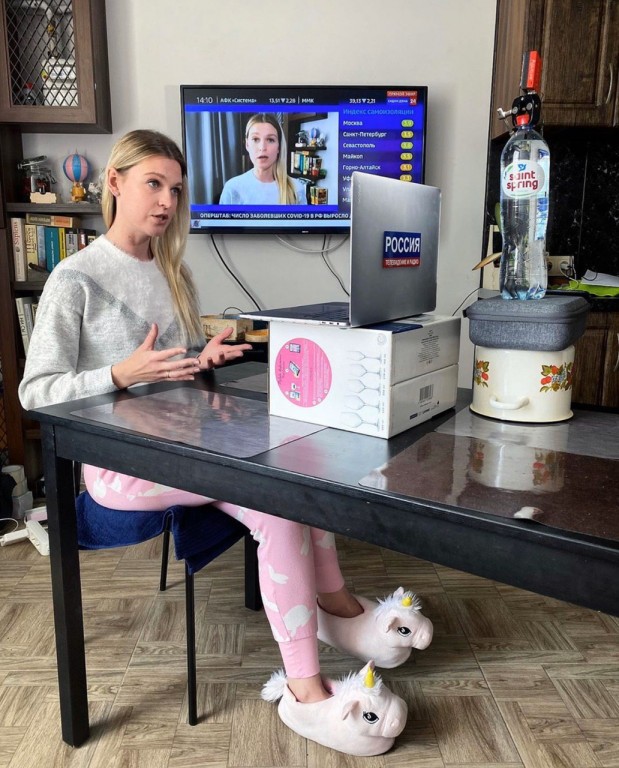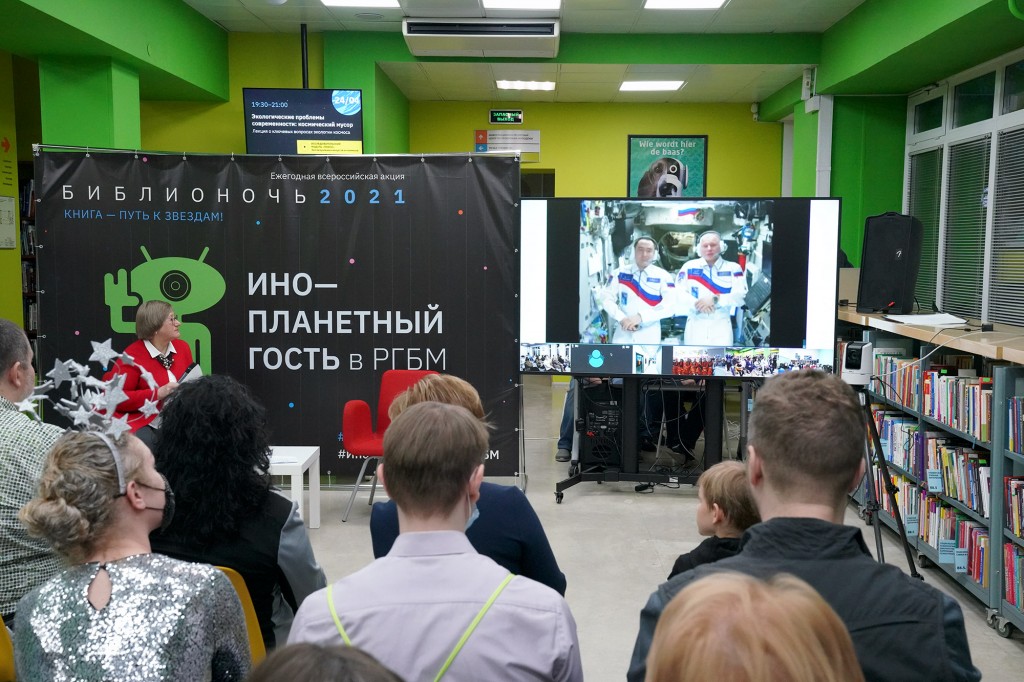Are Online Events ‘Our Everything’ Now? How to Hold Online Events One Won’t Be Ashamed Of
by Anton Purnik, Head of Information & Technology Division, Russian State Library for Young Adults
With the arrival of a pandemic in our lives, many libraries are having two main options for interacting with their users: providing them with various electronic resources and conducting online events.
Today I would like to talk about the latter: about events.
There has been a discussion for quite a long time in the library environment about what events ought to be, whom we arrange them for, and whether they are needed at all. Our library holds the following position on this issue: the events are certainly necessary, but the main task that we should accomplish while conducting them is to increase the educational level of the participants. It means the component of entertainment may well be present, but everything should be done so that something remains in the mind afterwards.
For about 10 years, the Russian State Library for Young Adults has been conducting various events in online mode: conferences, lectures, webinars. Therefore, when the “quarantine” began, our library was fully equipped. But we also faced a number of problems while transferring public forms of work into online mode: what kind of events should be streamed, how to organize them as quickly as possible, how to interact with the audience.
Therefore, let us start with a few words about the types of events from the point of view of their “preparedness”. They can be divided into the following categories:
- Archives – records of events that have happened a long time ago, which we may have already shown in our social media.
- Premieres – events that no one has seen yet, which we recorded recently and plan to air it at some specific pre-scheduled time.
- Live stream – a real live broadcast with live people, with live communication.
In this list, the types of events are arranged in the order of their interest and attractiveness to viewers – from our point of view of course.
The most difficult, but also the most valuable, from the point of interaction with the viewers, is conducting a live stream. It implies the maximum preparedness of both the equipment and the technical staff, and the moderators and the main participants “on the stage”. Only during the live stream, one can communicate directly, ask questions, feel one’s complicity.
However, we should always be aware that our users, who have turned into viewers, have a very wide range of what they can watch: from professional bloggers to world premieres on large streaming platforms such as Netflix, Apple TV +, Amazon Prime Video, etc.
Therefore, in order to be watched, you need to interest your audience, speak the same language with them, and make content of the highest quality.
If we are talking about the quality of streaming, then it can be as simple as positioning the laptop correctly in order to get an acceptable picture.

Sometimes one may need several cameras, lights, sound equipment, special software (OBS, Wirecast), etc., for example, to stream a workshop on recording audio tracks.
The question often arises: Where exactly to hold one’s streaming events – on YouTube, FB, Instagram, VK (Russian social network). We have avoided the agony of choosing, but we have also made our life quite difficult since most of our events are streamed on 4 social networks simultaneously, as well as on the special web portal Culture.Ru, which accumulates live broadcasts from all cultural institutions in the country. There are several services that allow one to stream simultaneously to several networks. We use restream.io
The most popular formats for online live events are:
1. Lectures, when there is only one person on the screen, and the rest are watching it, for example, on YouTube, and asking questions in the broadcast chat.
2. Seminars (discussions) for several people who are simultaneously on air.
3. Conferences, when a large event with a large number of participants is going online.
In most cases, we used a program that became known to almost everyone last year – Zoom. One of the important advantages of Zoom for us was the ability not only to host events on it, but also to stream these directly from Zoom to large audiences, for example, on YouTube. In this format, the Midyear Meeting of the IFLA Section Libraries for Children and Young Adults was held this year and can still be watched.
During this year, one of the most challenging, but also one of the most inspiring online events for us has become the live stream with the International Space Station. In addition to the ISS and ourselves, three other libraries from different parts of our country have taken part in it. More than 130 thousand people watched this meeting live. this meeting live.

This year, we realized that there are practically no online events that we could not arrange and technically provide. At the same time, we will always remember how glad we were when our library was finally able to open its doors to real visitors, because a feature of the library is precisely offering great opportunities for direct communication and the exchange of knowledge. Users come to hold events on our real sites, where one can look at one another and just say: “Hi, it’s been a long time since I’ve seen you”.